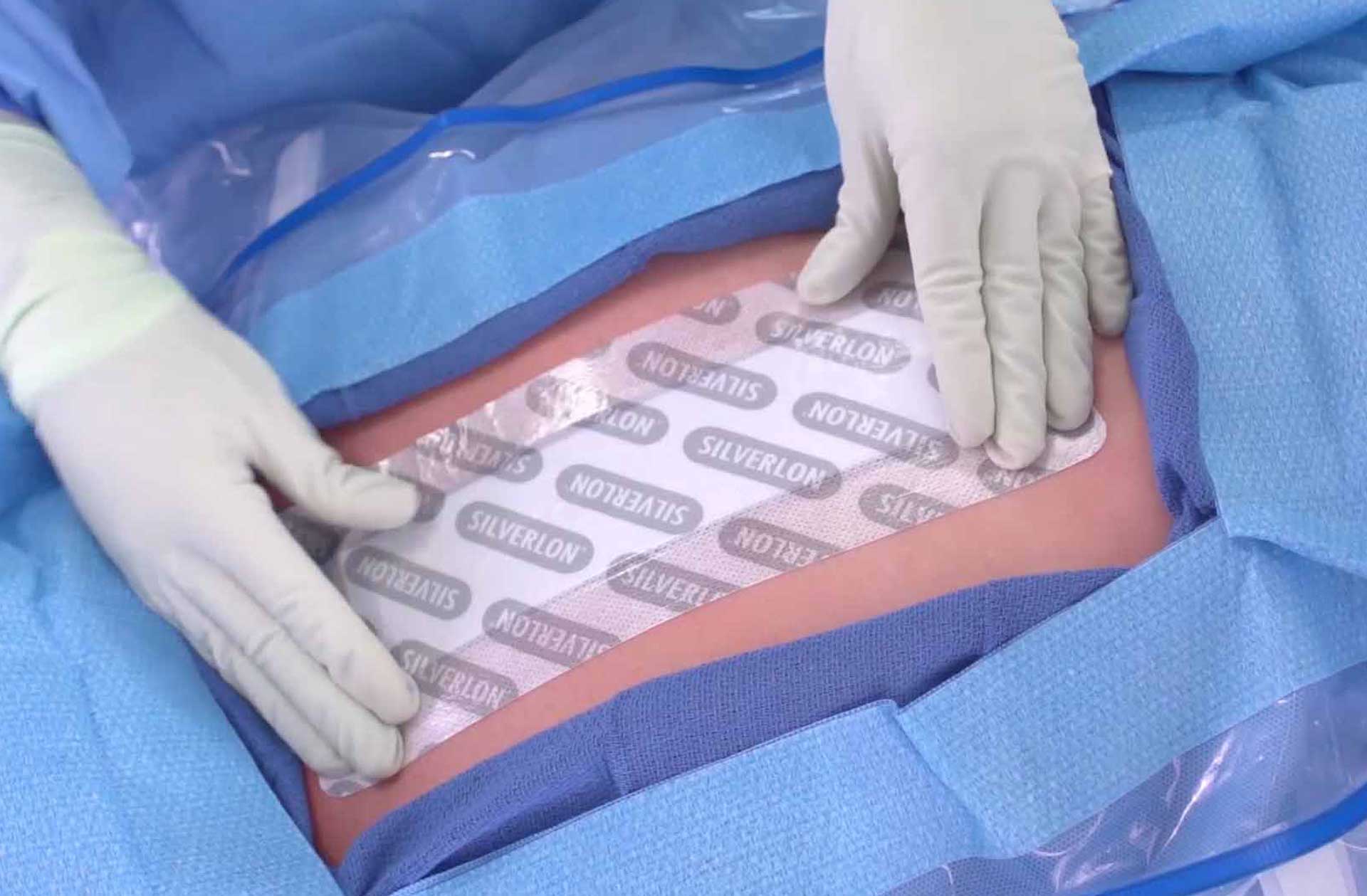
The U.S. Department of Health and Human Services has awarded Argentum Medical — a company whose invention is widely-used by the military to treat wounds and burns — $8.4 million to continue research on their product to determine its efficacy on radiological injuries after emergency.
Commercially known as Silverlon, the anti-microbial technology has been tested and used for years in war zones and can treat injuries caused by chemical weapon exposure, including sulfur mustard, or mustard gas. The three-year contract with the Biomedical Advanced Research and Development Authority (BARDA), part of HHS, will allow researchers to explore how Silverlon can also treat low-grade and acute skin radiation injuries.
“In addition to what’s already been published, we believe Silverlon can accomplish this because our previous pilot animal studies show it’s effective in treating severe radiation injury,” said David Barillo, chief medical officer for Argentum Medical.
To determine Silverlon’s capacity to address radiation exposure, the researchers will seek cancer patients as study participants who are currently receiving radiation to treat their illness and, as a result, often suffer from radiation dermatitis, the skin damage and burn that occurs from it.
Silverlon’s original purpose was to treat wounds and burns in combat situations but it quickly became sold on the commercial market in a variety of forms, everything from patches to gloves, for a range of medical procedures. Barillo says it’s like an ACE bandage with antimicrobial properties. The technology is more effective than its competitors because of its ability to stretch and adhere across a bodily area, resulting in more exposure to and longer duration on a wounded area. This was an attribute that became advantageous in the wars in Iraq and Afghanistan when personnel couldn’t restock medical equipment quickly enough. Rather than relying on wound dressings that needed to be changed every few hours, Silverlon could be used for much longer stretches of time, reducing the need for rapid resupply.
In addition, Barillo says there are more than 50 to 100 times more metallic silver ions embedded in the Silverlon bandage compared to its competitors. This is significant because silver ions bind to cell surface receptors of bacteria, yeasts, and fungi, ultimately killing the organism. It’s speculated that silver can treat 650 diseases, although much research is still needed to determine the scope of silver’s medicinal properties.
As for the contract, BARDA has a history of awarding funds to organizations that can repurpose existing technology, in this case one that can treat the symptoms of chemical and, now, radiological threats. BARDA has already purchased Silverlon so it’s available through the Strategic National Stockpile.
A nuclear emergency such as the Fukushima Daiichi nuclear disaster, which released radiological material into the environment, is a crisis that could unfold anywhere. The United States has 30 nuclear reactors of approximately the same age and build as Fukushima’s, Barillo said.
“Radiation injuries of the skin can be life-threatening and require reliable, sustained and versatile antimicrobial protection,” said Raul Brizuela, president and CEO of Argentum Medical, in a written statement. “It’s an honor to extend our Silverlon technology to support the critical work of the HHS to advance America’s preparedness for radiological and nuclear emergencies.”




